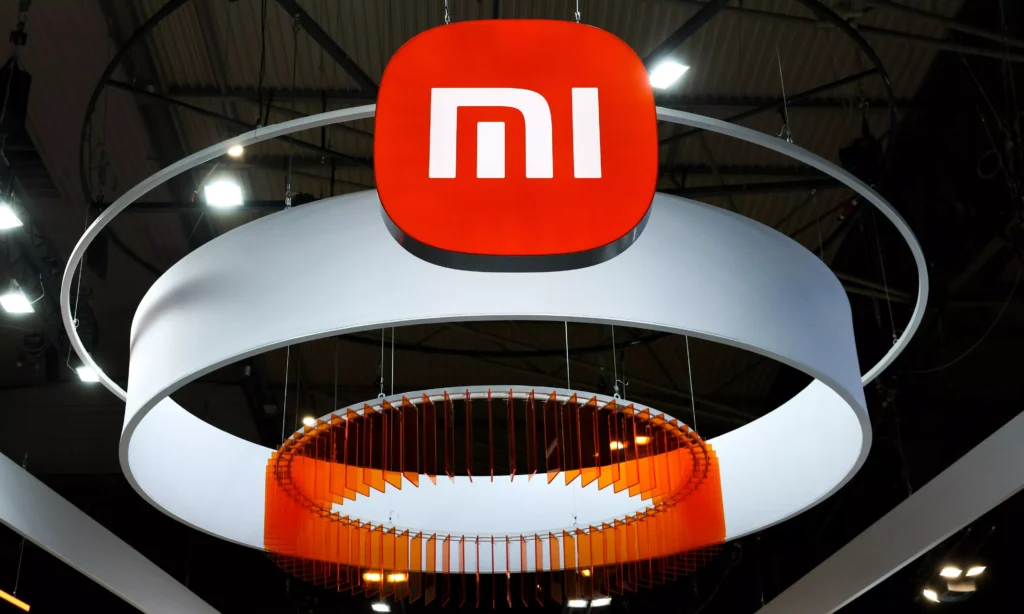Introduction: Xiaomi’s Big AI Leap
Xiaomi has officially launched MiDashengLM-7B, a powerful new AI voice model designed to revolutionize the way we interact with smart devices. Unlike traditional voice assistants, this model goes beyond speech and is already operational in real-world environments—including smart homes and connected cars across China.
Open-Source and Developer-Friendly
One of the most exciting features of MiDashengLM-7B is that it’s open-source. Released under the Apache 2.0 license, it is free for both research and commercial use. Xiaomi confirms that the model was trained using publicly available data, making it transparent and accessible to developers globally.
This move isn’t just about showcasing tech capabilities—it’s about building a robust ecosystem of developers, which could prove to be Xiaomi’s biggest strategic advantage in the AI race.
Read Also: Electric Evolution: How Drones and Electric Cars Are Powering a New Era
Real-Time Performance and Low Latency
Xiaomi claims that MiDashengLM-7B delivers significantly lower response delays than competing models. It can handle 20x more requests simultaneously without needing additional memory, making it ideal for devices with limited hardware resources. That means smoother performance, whether you’re using it offline in a smart speaker or in a car without constant internet access.
Multimodal Intelligence: Beyond Just Voice
What sets this model apart is its ability to understand more than just spoken commands. Using a combination of Xiaomi’s Dasheng audio encoder and Alibaba’s Qwen2.5-Omni-7B decoder, the AI can:
- Recognize background noises
- Interpret ambient sounds
- Respond to claps, snaps, or other gestures
- Detect abnormal or emergency sounds in your environment
This multimodal understanding allows the model to deliver enhanced control and monitoring in a variety of scenarios.
Real-World Use Cases: From Living Rooms to Cars
Xiaomi’s MiDashengLM-7B is not just a prototype—it’s already powering over 30 smart features across their ecosystem. Here are a few standout use cases:
Smart Home Applications:
- 24/7 sound monitoring for enhanced security
- Alerts triggered by abnormal sounds like glass breaking or forced entry
- Gesture-based control through claps or voice
Automotive Integration:
- Hands-free voice control for navigation, music, and car settings
- Language learning feedback while driving
- Underwater wake-up mode using acoustic cues for rugged or outdoor devices
Why This Matters for the Future of AI Devices
Efficiency is the key here. Most AI voice assistants rely heavily on cloud processing, which introduces delay and requires constant internet. Xiaomi’s model, however, runs efficiently on-device, which means:
- Faster response time
- Enhanced privacy
- Reduced dependency on the internet
- Broader device compatibility
This kind of real-time, embedded AI can drastically improve how smart homes and connected vehicles operate—making them more intuitive, responsive, and secure.
Conclusion: A Bold Step Toward AI-Powered Living
With MiDashengLM-7B, Xiaomi has taken a major step forward in creating AI that’s both practical and powerful. By offering it as open source, they invite innovation across industries—from developers building the next generation of voice-controlled devices to consumers enjoying more intelligent and responsive tech in everyday life.
Keep an eye on Xiaomi—they’re not just making smartphones anymore. They’re shaping the future of AI interaction
check out all the official details at: https://xiaomiforall.com/xiaomi-midasheng-lm-7b-open-source-ai-voice/

